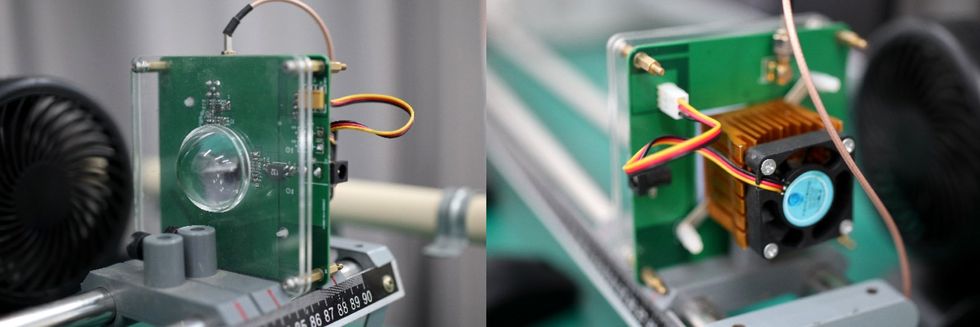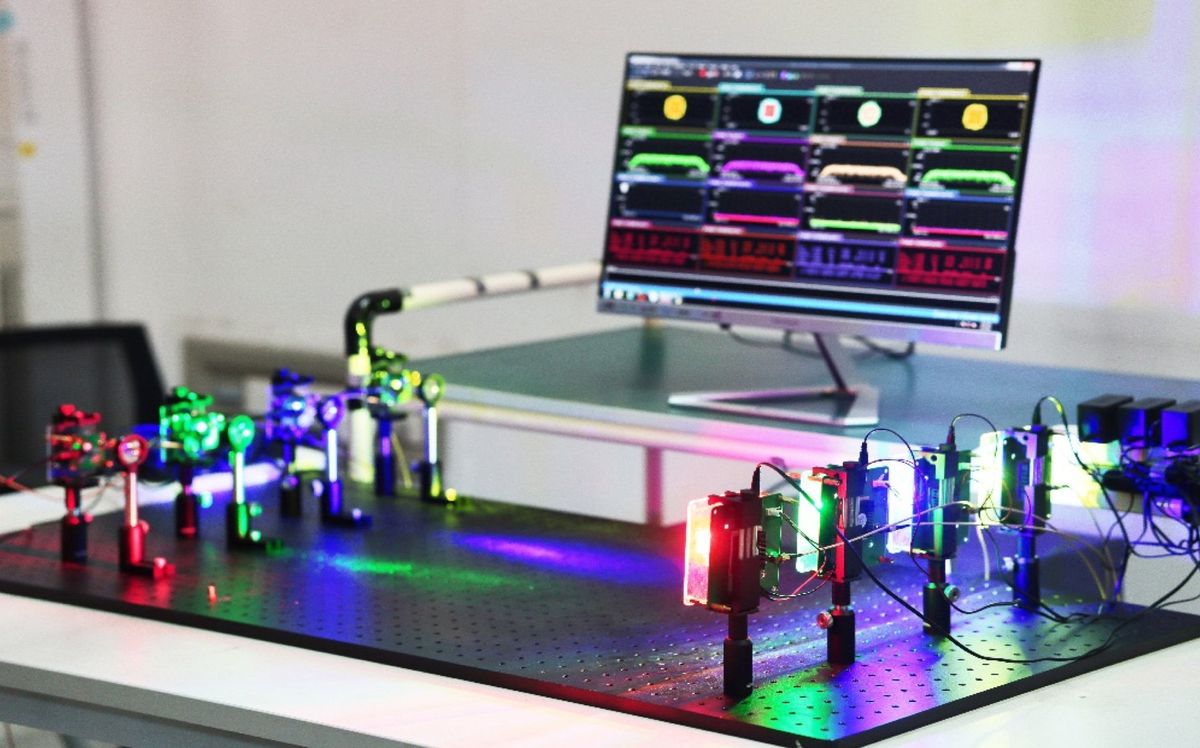This article is part of our exclusive IEEE Journal Watch series in partnership with IEEE Xplore.
Visible light communication systems are great at transmitting torrents of data, but to be widely adopted they must be made as simple as possible. To that end, researchers in China have developed a circuit device, called a VLC equalizer, that is based on a single-order circuit. They described their work on October 24 in IEEE Photonics Technology Letters.
Equalizers help compensate for distortion when signals are sent and received. “When the transmission signal has been equalized, the frequency domain attributes of the signal at the input are faithfully reproduced at the output,” explains Xiaodong Liu, an associate professor at the School of Information Engineering at Nanchang University, who was involved in the study.
Previously a research team sought to create an equalizer that could extend the LED bandwidth from 3 megahertz to 143 MHz. However, this system required second-order circuits, which contain more components than single-order circuits and are thus harder to manufacture.
Liu and his colleagues sought a simpler system. “The proposed hybrid active-passive single-order scheme aims to strike a balance by incorporating an active module into the single-order passive circuit structure. This approach seeks to enhance bandwidth while maintaining stability and reducing design complexity,” explains Liu.

In their study, the researchers tested the new equalizer through a series of experiments. They report that the system can effectively expand the bandwidth of standard LEDs up to 181 MHz, a 20- to 30-fold increase. The authors say they believe it to be the highest extended bandwidth by a resistor-capacitance equalizer that relies on a single-order circuit.
Experiments show that the system can achieve an overall transmission rate of 3.12 gigabits per second over a distance of 4 meters. The bit error ratio performance is below 1.2 × 10−6.
This means that the sent signal very closely matches the received signal, notes Yuhao Wang, a professor and head of FORSEAI laboratory at Nanchang University, who was also involved in the study.
Liu and Wang plan to produce miniaturized high-speed LED driver modules based on their proposed equalizer, which they will integrate into a power-over-Ethernet-enabled intelligent lighting communication network. Their test network will cover 11,000 square meters.
“The PoE-enabled lighting communication network can provide energy savings of up to 70 percent, and the proposed equalizer will be able to provide Gbps communication rates,” says Wang.
- Japanese Broadcaster Uses LEDs for Underwater TV Transmission ›
- MicroLEDs Transmit Whopping Amounts of Data ›
Michelle Hampson is a freelance writer based in Halifax. She frequently contributes to Spectrum's Journal Watch coverage, which highlights newsworthy studies published in IEEE journals.



